The population of the world's cities is constantly changing and depends on many factors. The main criteria that affect the density of settlement of a given territory are economic, political and cultural indicators. As a rule, the most developed in this regard are the capitals of states, so it is not surprising that they are the most populated.
The top 10 included the most populated cities in Europe by the end of 2015 .
10
Warsaw lives 1 810 598 people
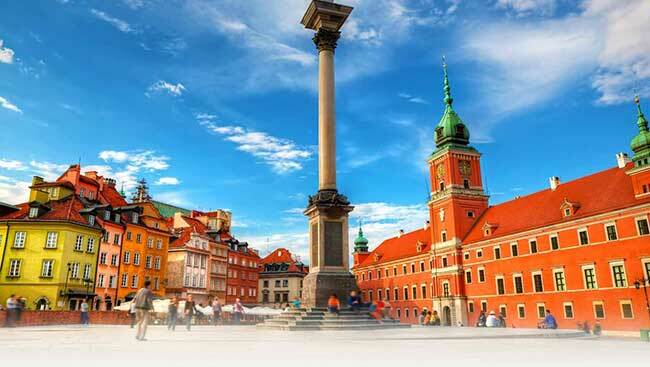
Warsaw opens the ten largest European cities in terms of population density, and is also the largest city and capital of Poland. On the territory of 523 sq.m.there are 1 810 598 citizens, that is, 3 461 people per 1 km².The bulk of the population are Poles. Territorial Polish capital is divided into 18 districts( zelnits).
9
Minsk lives 1 949 000 people

The Belarusian capital Minsk is one of the ten most populous cities in Europe. On the area of 348, 84 sq.m.according to data for 2015, there are 1,949,000 citizens. The density of settlement here is 5 530 people per 1 km².The main part of the population is Belarusians, and also Russians, Ukrainians, Poles and an insignificant part of the peoples of other nations live here. The cultural, scientific and political center of Belarus includes 9 administrative districts, which in turn are divided into microdistricts.
8
Paris lives 2 196 936 people
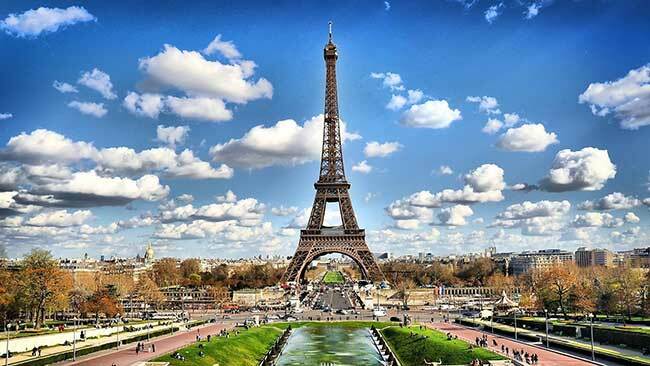
Paris - the capital of France, is the eighth most populated European megacities and is the fifth largest city in the European Union. On the territory of 105, 40 sq.m. There are 2,196,936 citizens. It is the most densely populated French city, with 21 289 people per km².About 14% of the population are emigrants. Conventionally, Paris is divided into 20 districts, each of which is divided into 4 quarters. The French capital is the main cultural, economic and political center of the country.
7
Rome is home to 2,864,348 people
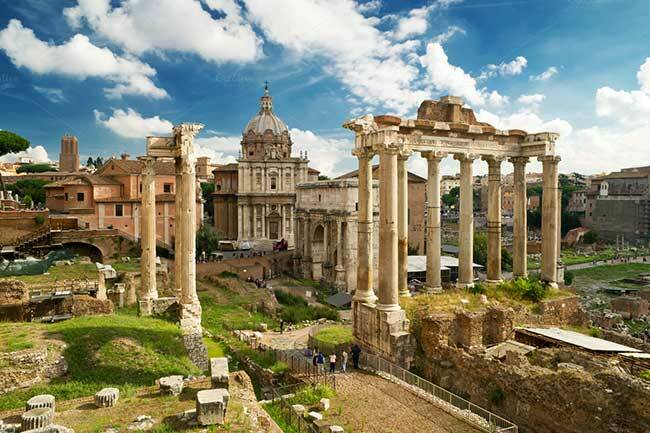
Rome with a population of 2,864,348 people is one of the ten largest cities in Europe. The capital of Italy is located on an area of 1,287.36 square kilometers and is divided into 19 municipalities, 22 districts, 35 quarters, 6 suburbs and 53 zones. At 1 km² there are 2,229 people here. The indigenous Romans are very few here, since the bulk of the inhabitants are emigrants. In addition to the Italians, the Greeks, the French, the Spaniards and the peoples of other nationalities live here. Often, Rome is called a "city on seven hills" because of its territorial location.
6
Kiev is home to 2,893,000 people

The capital of the Ukrainian state Kiev is the most populated city with a million population among European countries. On the territory of 847, 66 square kilometers.lives 2 893 000 citizens according to official data for the year 2015.Among them only 45% are indigenous people of Kiev. The main increase in the population is provided by migrants from rural areas of the country. The density of the population here is about 3,405 people per 1 km².The capital includes 10 districts, which are located on both sides of the Dnieper River. Unofficially, the city is referred to as the "mother of Russian cities" because it used to be the capital of Kievan Rus.
5
Madrid is home to 3,273,000 people
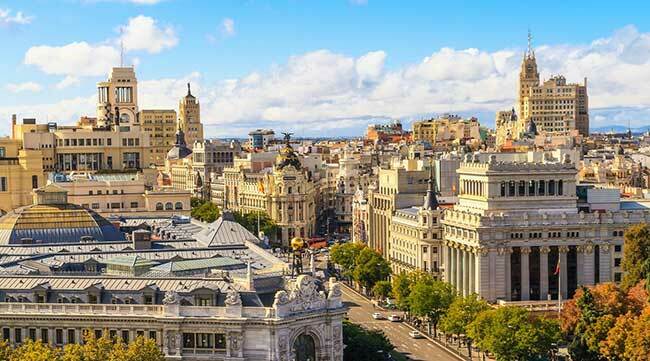
Madrid is located on the fifth line of the rating of the most densely populated cities on the European continent. The capital of Spain has 3,273,000 inhabitants, most of whom are migrants from other countries. The area occupied by the multimillionaire is 607 sq.km. And on one km² of the territory there are about 8 653 people. Madrid is gradually growing due to the absorption of small settlements. The city consists of 21 administrative districts. It is an influential cultural center and has many museums that are among the most visited by foreigners in the world.
4
Berlin is home to 3,500,000 people
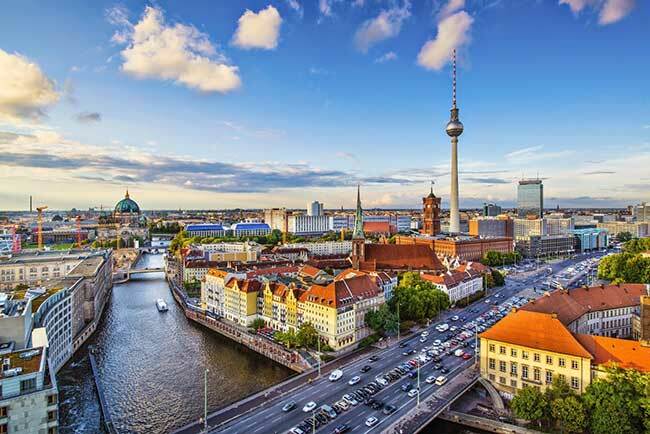
Berlin is Germany's largest and most populated city. With a population of 3 500 000 people and an area of 891, 85 square meters.m., for each km² there are about 3 834 inhabitants. Approximately 12% of the population are foreigners, most of whom are Muslims. It is also worth noting that the multicultural metropolis is one of the most visited in Europe. Internally, the German capital is divided into 12 districts and 96 districts.
3
St. Petersburg is home to 5,200,000 people

St. Petersburg is opening the top three cities in Europe. On the territory of Peter's officially live about 5 200 000 citizens. With regard to density, then for 1 sq.km.there are about 3 607 people. As for the internal division of St. Petersburg, it is territorially divided into 18 districts and occupies 1 439.00 sq. Km.m. of the whole area. The predominant national composition is Russian, which is home to about 92% of the total population. The remaining 8% of the residents are Ukrainians, Byelorussians, Tatars, Jews, Uzbeks and Armenians. Megapolis is the most important economic, cultural and scientific center of the Russian Federation.
2
London lives 8 500 000 people

London is one of the three most populous European megacities and is the largest city in the European Union. The capital of the United Kingdom of Great Britain and Northern Ireland according to official figures has a population of 8,500,000 people, whose density is 5,173 people per square kilometer. If we take into account the emigrants who illegally reside in the territory of a multimillion-dollar population, then the number is growing significantly. On the territory of 1 580 00 square meters.lives about 45% of the British, the rest, the smaller part are other nationalities. Megapolis is the main cultural, political and economic center of the state. As for the internal territorial division of London, it includes the City and 32 administrative units, called Boro.
1
Moscow lives 12 325 387 people

Moscow is the largest city in Russia and Europe in terms of population. Megapolis is also among the top ten most populated cities in the world. On the territory of the capital of the Russian Federation, according to official statistics, 12 325 387 people live, as well as about 5 million unregistered citizens. The rapid population growth is explained by the huge number of migrants who come to Moscow in search of decent earnings. Despite the large influx of foreign citizens, the number of Russian residents still prevails and is about 92% of the total population. The rest is complemented by Ukrainians, Tatars, Armenians and other peoples. The city is divided into 12 administrative districts, which include 2 urban districts, 125 districts and 19 settlements - all located on an area of 2 511 00 sq. Km. Because of the high density of the population( 4,762 people per sq. Km.), The main problem of the metropolis is the movement of vehicles - excessive congestion makes it necessary to use the metro. Moscow is considered the main tourist center of the country.



